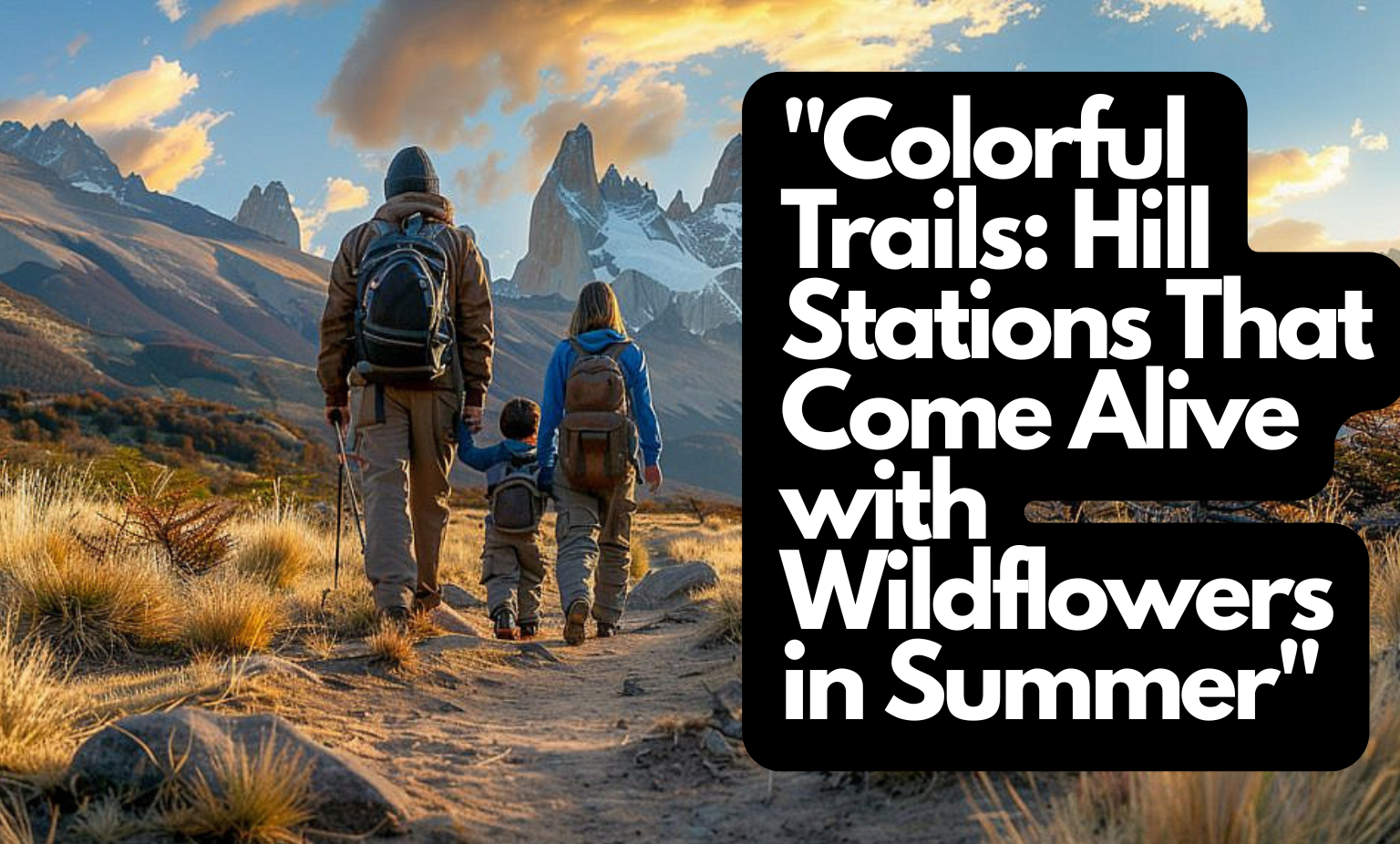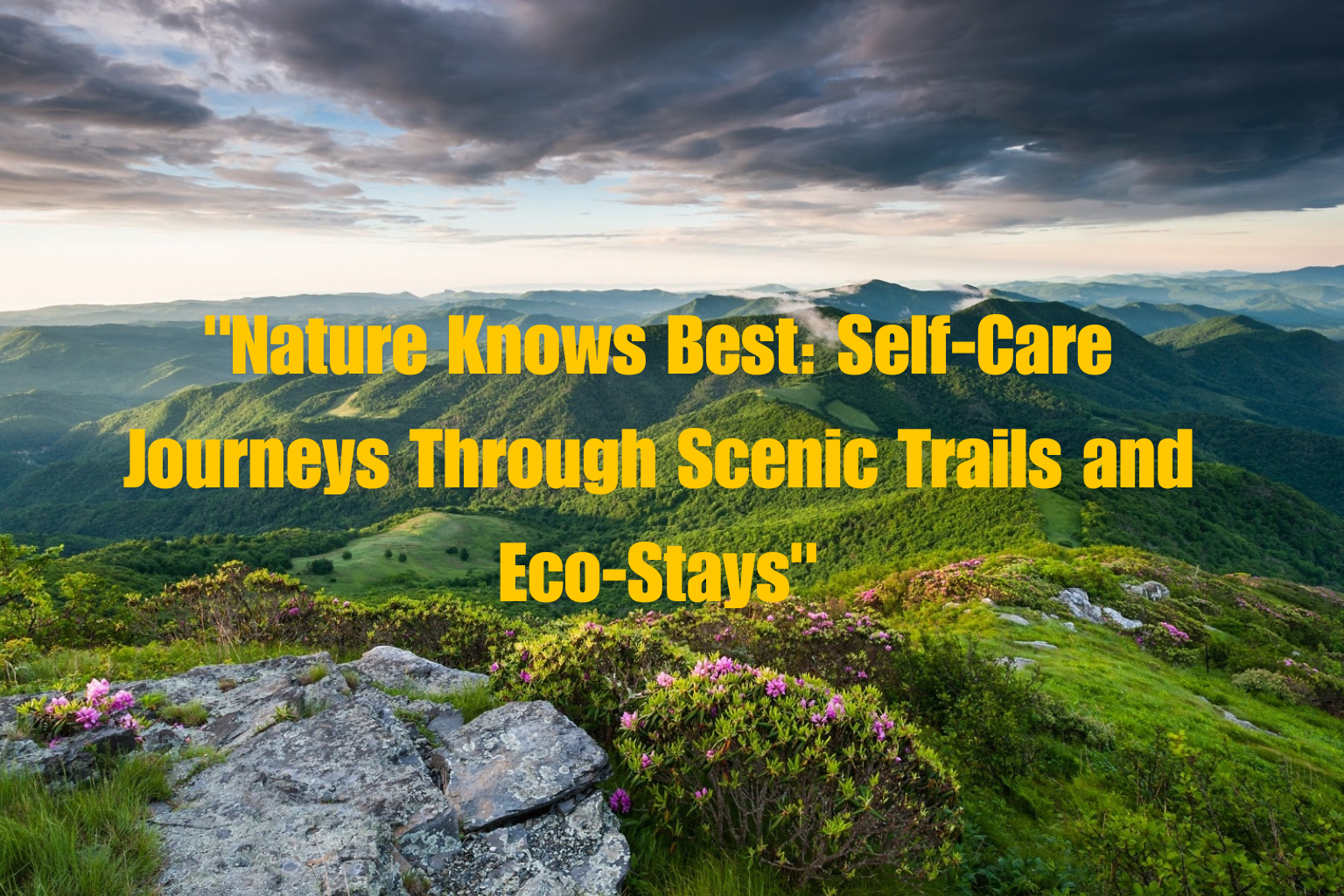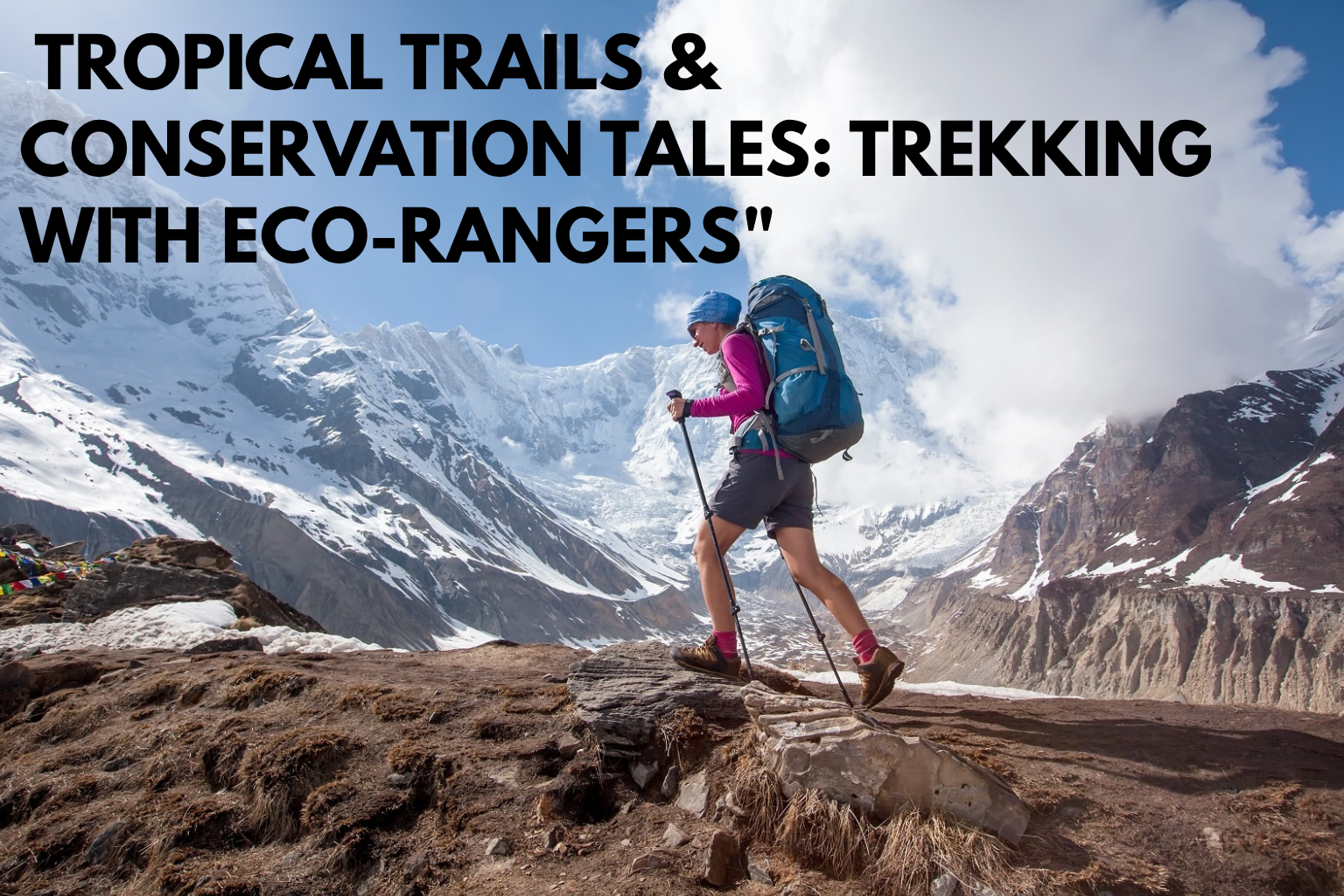When the heat of summer blankets the lowlands, the hill stations above come to life—not just with cool air and breathtaking views, but with a riot of color. Wildflowers, often overlooked, transform quiet valleys and mountain trails into natural works of art. For nature lovers, photographers, hikers, and anyone craving a surreal escape, these vibrant hill stations offer a front-row seat to summer’s most enchanting display.
At Larski Travel, we curate journeys that help you reconnect with nature — and nothing says “alive” like standing in a sea of wildflowers under a wide blue sky.
🌼 Why Wildflower Hill Trails Are Worth Your Trip
Wildflowers bloom in synchronization with seasonal rhythms. While cities melt under the summer sun, elevated meadows and mountain passes burst into color — from alpine asters to rhododendrons, primulas to poppies. These flower fields are short-lived, making them a rare sight to witness and a bucket-list-worthy experience.
Some trails lead to hidden valleys, while others hug ridgelines with panoramic views. Whether you’re a seasoned trekker or casual stroller, there’s a wildflower walk for every traveler.
🏞️ Top Wildflower Hill Stations to Visit in Summer
Let’s explore the best summer hill stations across Asia and Europe where wildflower trails steal the spotlight:
1. Valley of Flowers, Uttarakhand – India
Best Time to Visit: July to September
Altitude: 3,658 meters
This UNESCO World Heritage Site is the most famous wildflower valley in India, tucked within the Himalayan peaks. Come summer, over 500 species of alpine flowers bloom — painting the valley with purples, reds, yellows, and whites. Expect a magical blend of nature and spirituality as you trek along the river, surrounded by misty peaks.
Larski Tip: Combine this with a visit to Hemkund Sahib, a high-altitude Sikh pilgrimage site.
2. Hitachi Seaside Park – Japan
Best Time to Visit: Late May to early July
Located in Ibaraki, just a few hours from Tokyo, Hitachi Seaside Park is a dreamscape. In summer, baby blue nemophila flowers spread across gentle hills, while zinnias and poppies fill the lower grounds. Wide, paved trails make this an easy family-friendly walk.
Great for: Seniors, couples, and amateur photographers
3. The Dolomites – Italy
Best Time to Visit: June to August
Aside from their stunning limestone peaks, the Dolomites are Europe’s best-kept secret for wildflowers. Fields of edelweiss, lilies, and mountain tulips bloom along gentle paths and alpine pastures. Pair your trek with a stay in a cozy chalet for the ultimate nature retreat.
Try: The Alpe di Siusi trail for beginner-friendly exploration with top views.
4. Naltar Valley – Pakistan
Best Time to Visit: June to mid-July
Known for its vibrant lakes and rugged landscapes, Naltar also becomes a floral heaven in early summer. With fewer crowds than northern hotspots like Hunza or Skardu, Naltar’s trails are lined with colorful wildflowers, berry bushes, and pine-scented air.
Larski Travel Exclusive: We offer guided 4×4 tours and nature walks with local guides in Naltar.
5. Bulgaria’s Rhodope Mountains
Best Time to Visit: May to July
Far from tourist traps, the Rhodope range bursts with orchids, daisies, and buttercups in summer. Hike through ancient pine forests, discover hidden waterfalls, and rest in eco-lodges that serve organic meals. A peaceful, affordable alternative to the Alps.
🧳 What to Pack for Your Wildflower Adventure
Traveling into higher altitudes and remote terrain? Here’s your essential wildflower trail packing list:
-
Lightweight hiking boots with good grip
-
Water-resistant windbreaker
-
Reusable water bottle and trail snacks
-
Polarized sunglasses and sunscreen
-
A small field guide or flower ID app
-
Camera or smartphone with macro lens attachment
-
Eco-friendly bug spray
-
Journal or sketchpad for inspiration
Bonus Tip: Always carry a small garbage bag to leave no trace behind.
📸 For the Gram: How to Photograph Wildflowers Without Harming Them
Wildflower fields are delicate ecosystems. Trampling or picking flowers can destroy seeds and roots. If you’re a content creator or just someone who loves a good Instagram post, remember:
-
Stick to the trail even when shooting wide angles
-
Use macro mode for close-ups, not your feet
-
Capture the background landscape for storytelling
-
Shoot during golden hour for soft, warm light
-
Avoid editing colors too harshly — nature’s palette is perfect already
🏡 Where to Stay: Larski’s Handpicked Lodges Near Flower Trails
-
Flower View Cottages (Uttarakhand, India) – Locally owned, includes herbal meals
-
Bloom Chalet (Dolomites, Italy) – Alpine-style stay with sunset yoga
-
Naltar Nest (Gilgit-Baltistan, Pakistan) – Eco-camp with guided flower hikes
-
Nomad Bloom Huts (Bulgaria) – Offers botanical tours and jam-making classes
Many of these lodges are plastic-free, solar-powered, and support local communities.
✈️ Travel Smart: Larski’s Flower Trail Packages Include
-
✅ Airport pick-up and local transfers
-
✅ Guided hikes with flower specialists
-
✅ Eco-conscious accommodations
-
✅ Meal plans with regional delicacies
-
✅ First-aid and altitude safety support
-
✅ Add-on activities (yoga, stargazing, hot springs)
-
✅ 24/7 local support from Larski Travel team
🌍 Why Travel with Larski?
At Larski Travel, we don’t just create trips — we craft experiences that leave you changed. Our wildflower journeys are rooted in:
-
Sustainability – Every trip supports local conservation
-
Community – We work with local guides, drivers, and hosts
-
Personalization – From trail difficulty to food preferences, it’s your journey
-
Mindful Travel – We promote slow travel, reflection, and eco-consciousness
🌸 Final Thoughts
Wildflower trails aren’t just a summer escape — they’re a living celebration of nature’s cycles. They remind us of beauty, renewal, and presence. Whether you’re walking through a Himalayan meadow, an Italian pasture, or a Japanese flower hill, the colors will stay with you long after your journey ends.
So why not trade crowded beaches and city traffic for fresh mountain air, blooming petals, and peace? This summer, let nature paint your path.



